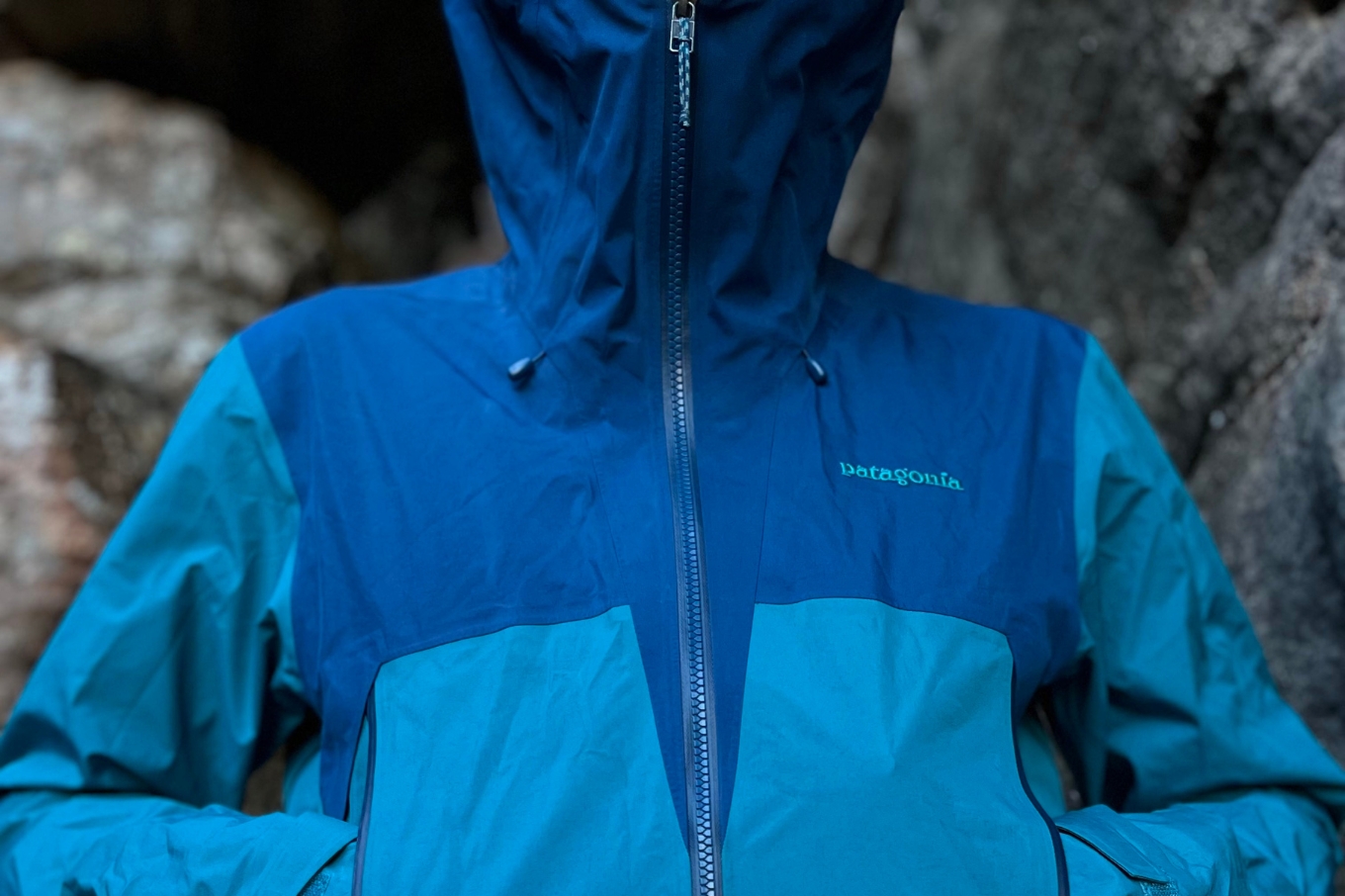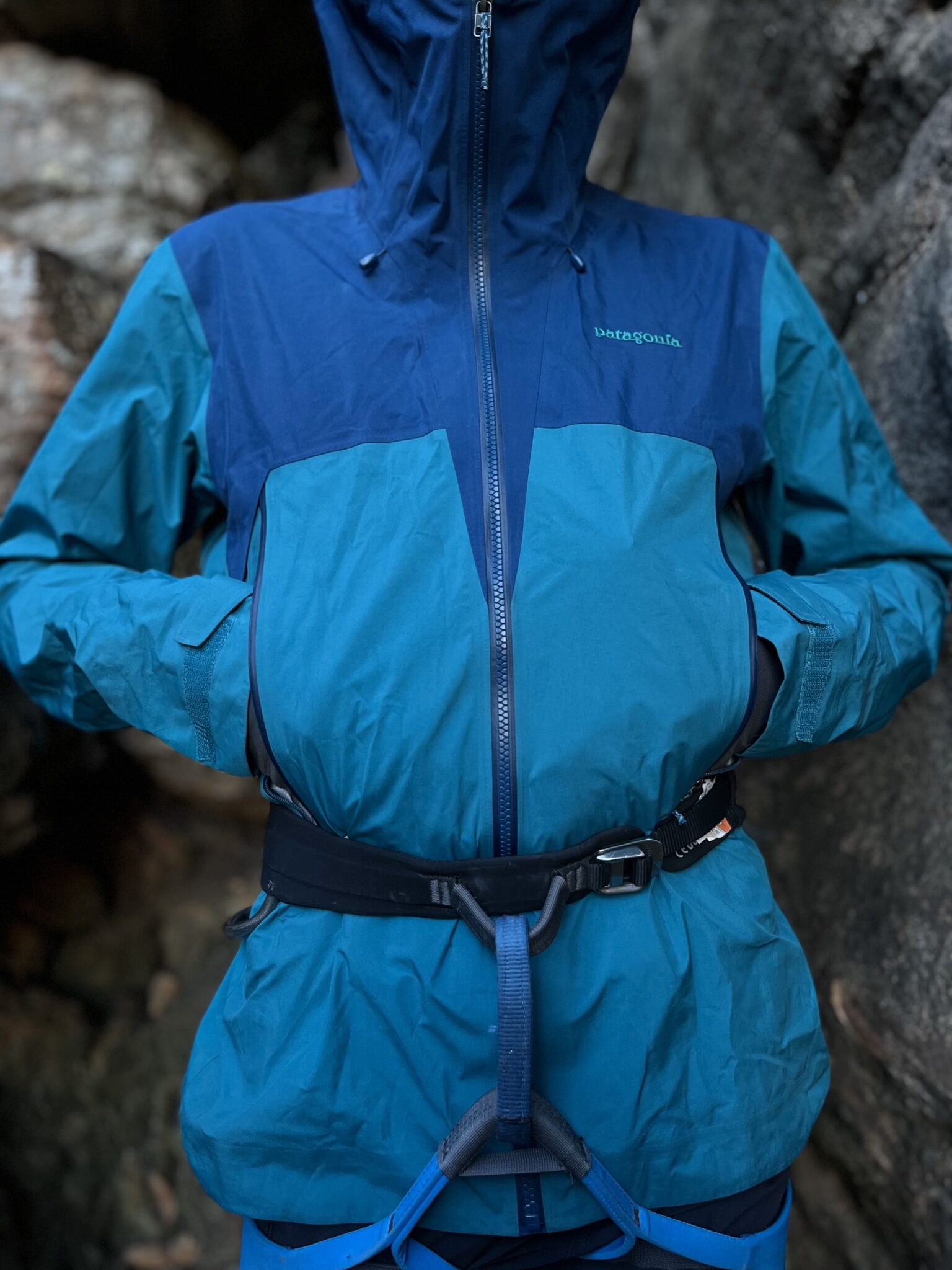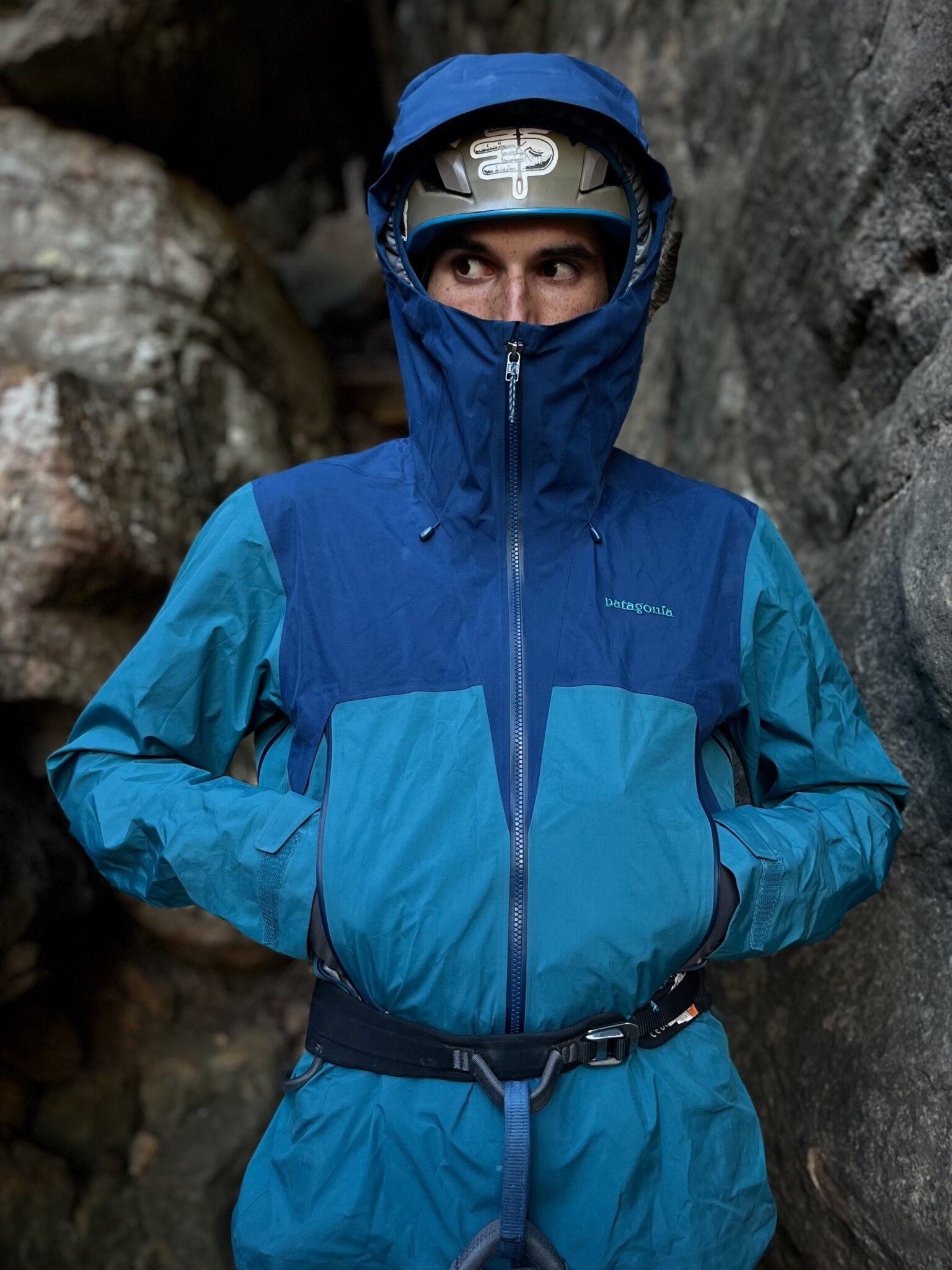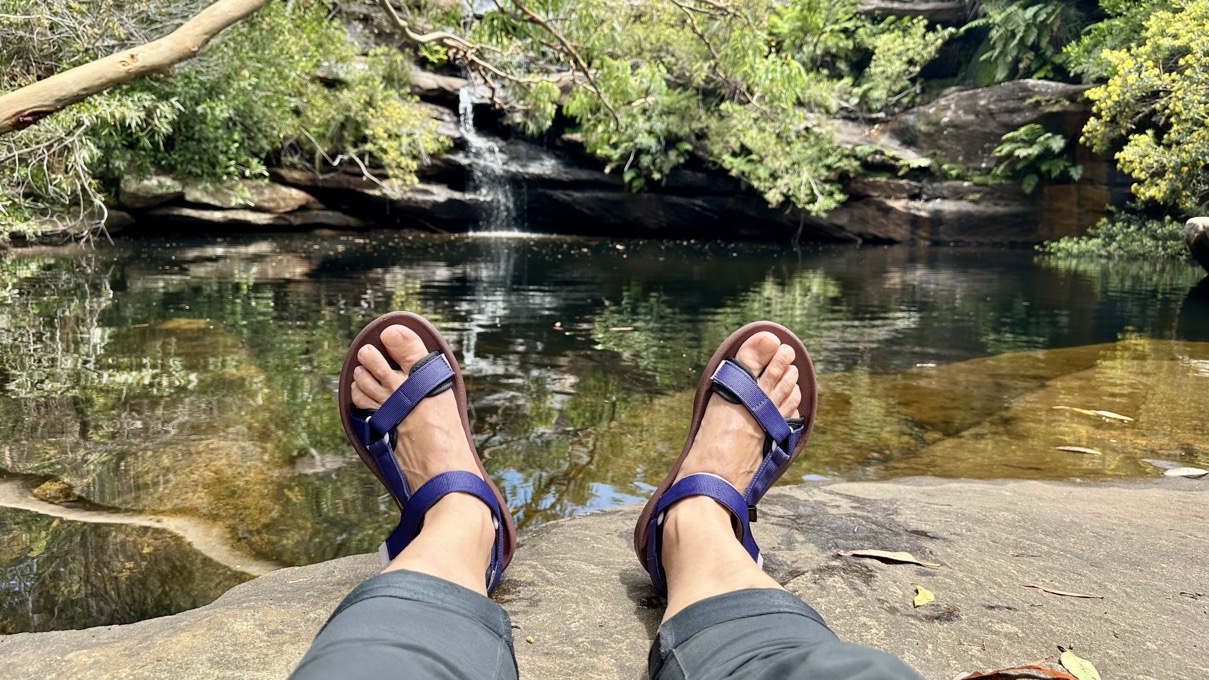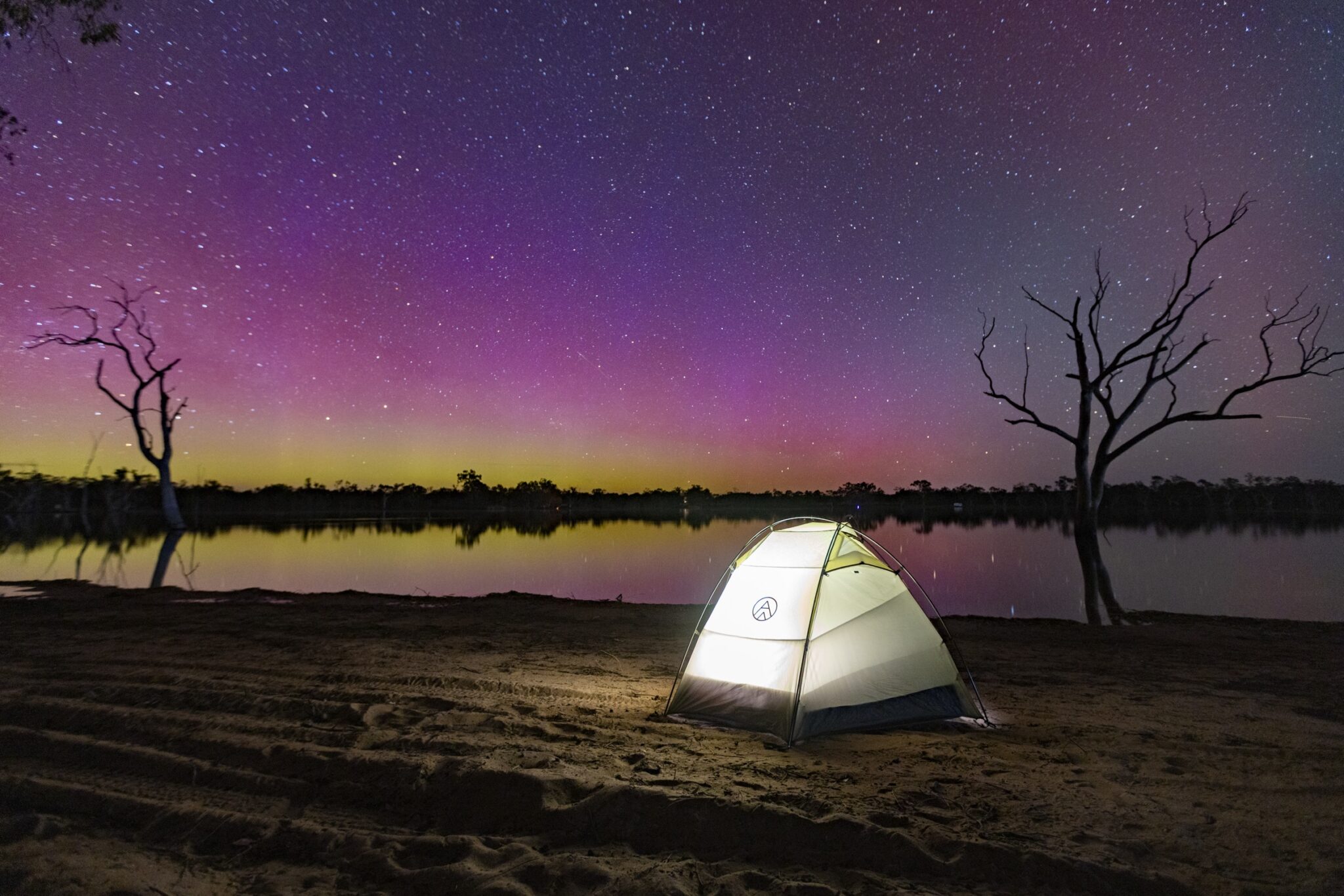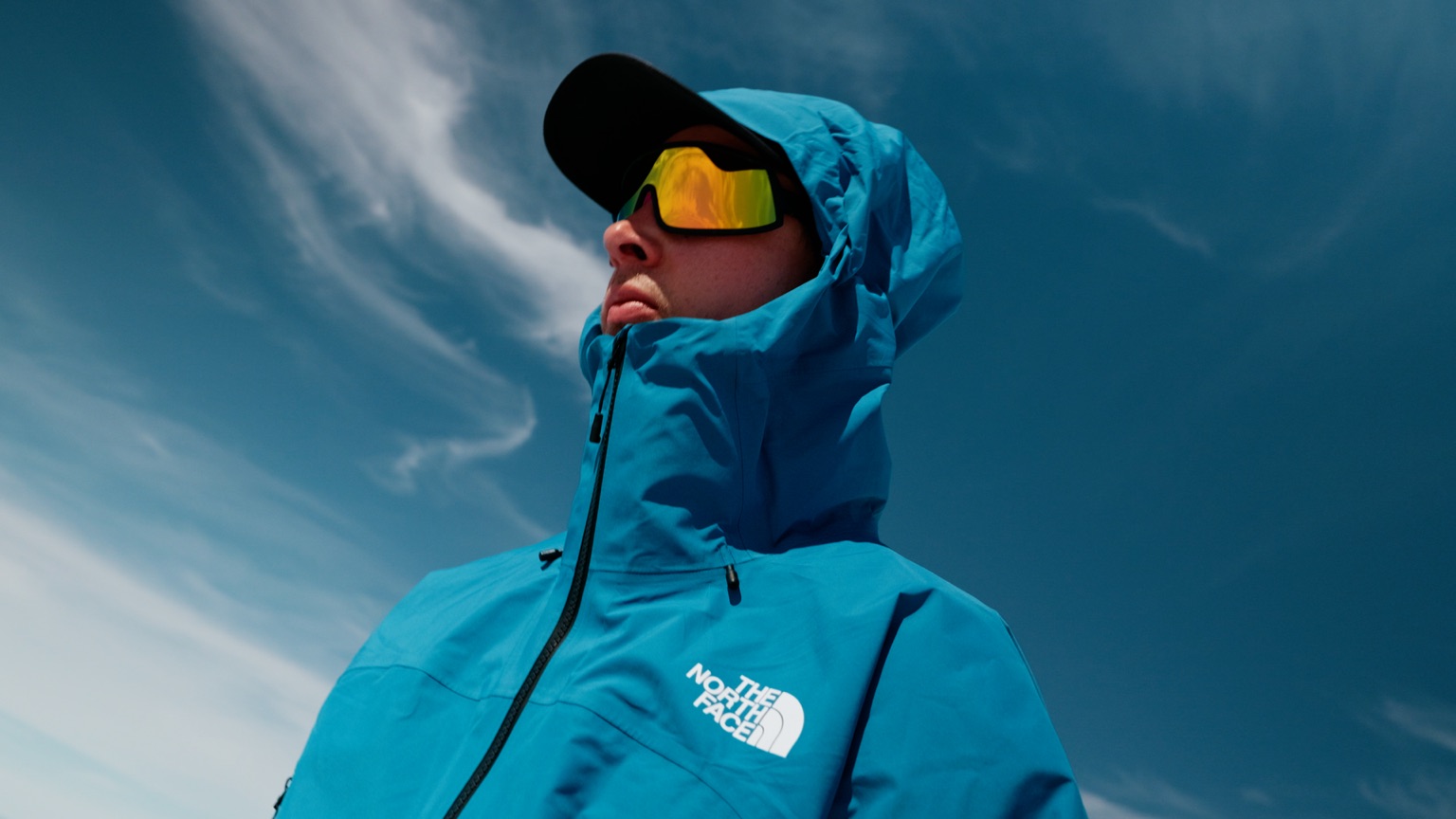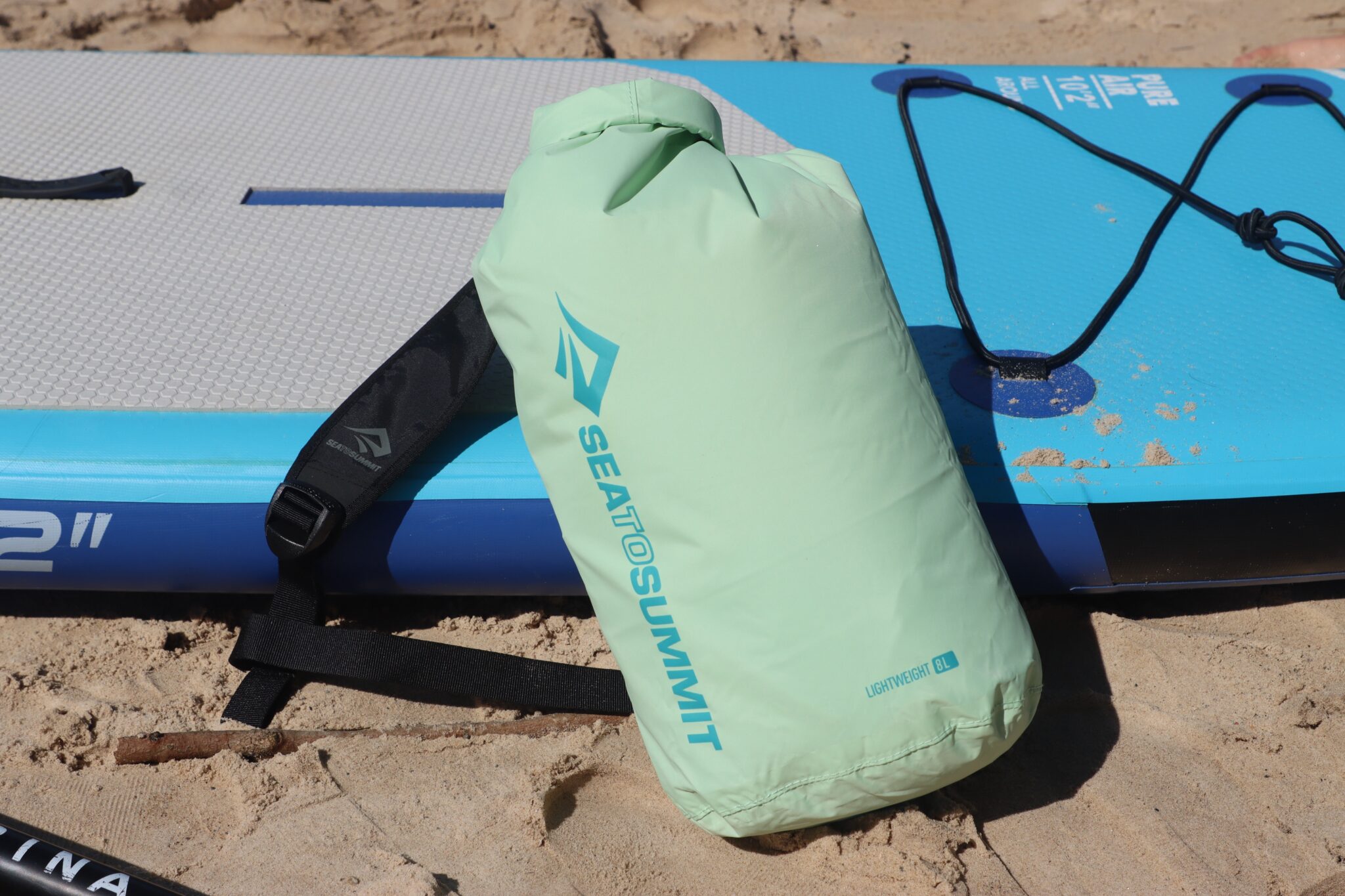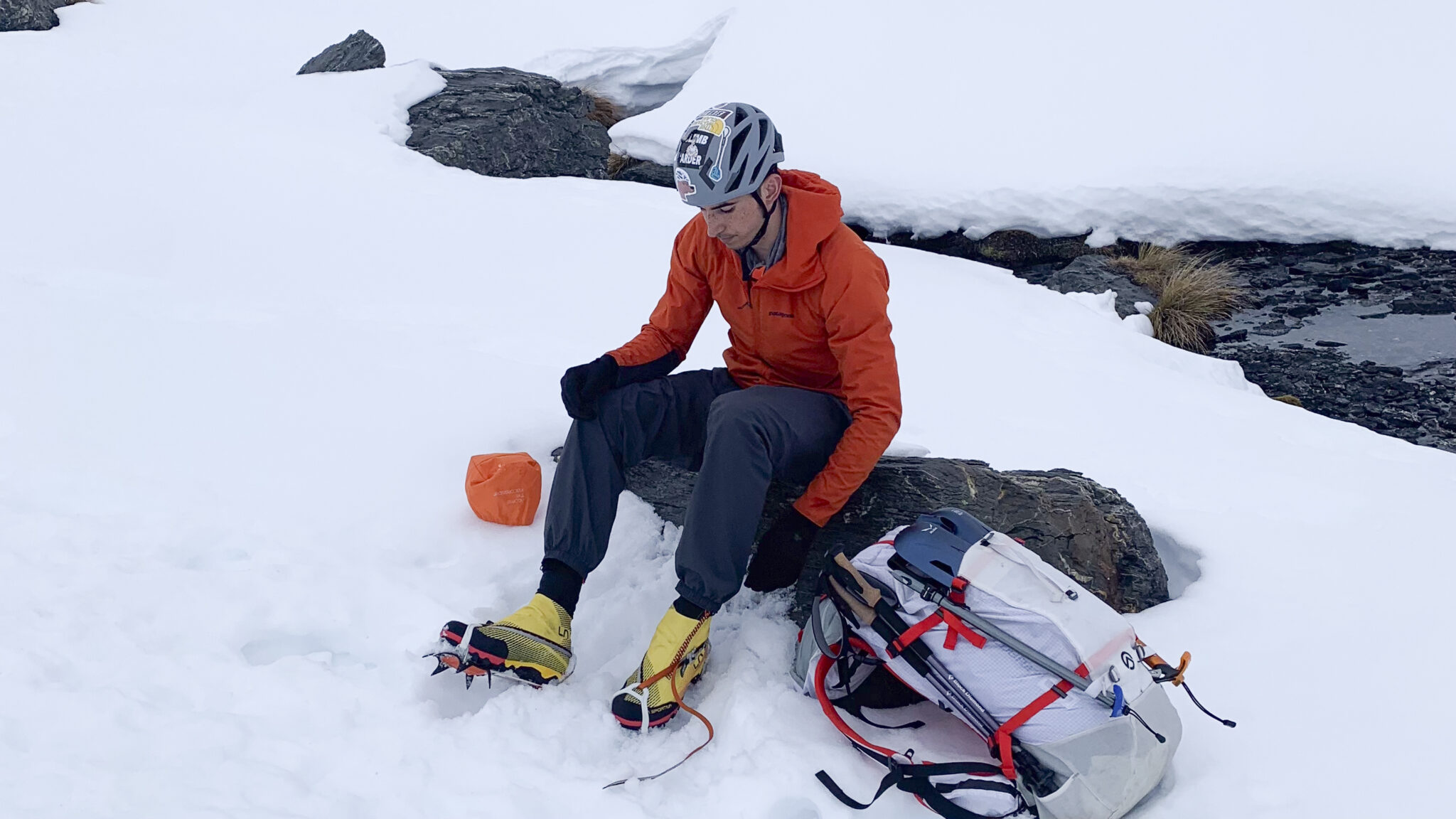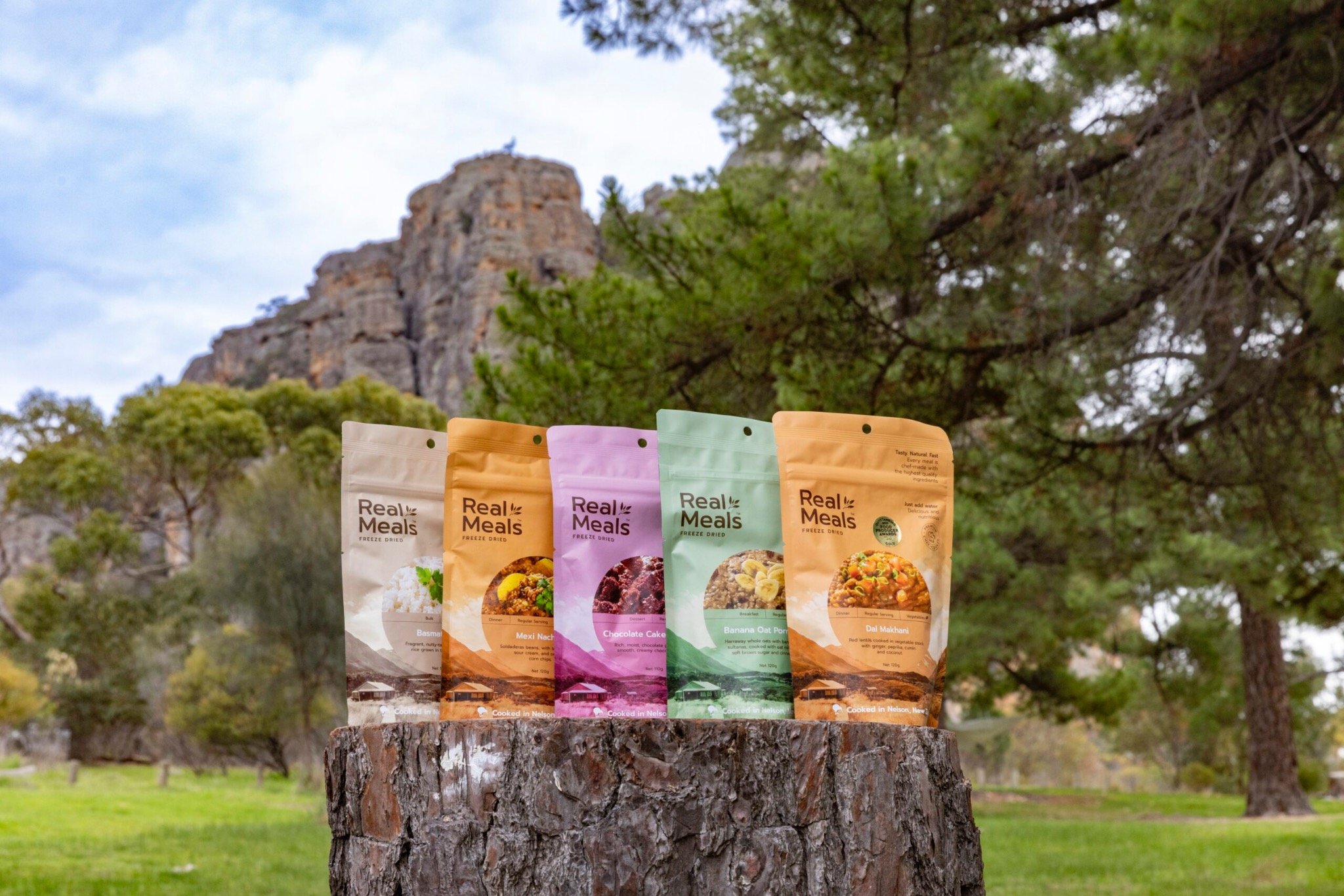Patagonia Super Free Alpine Jacket Review 2024
Reviewer: Sule McCraies
The Super Free Alpine (SFA) jacket is Patagonia’s latest 3-layer Gore-Tex (ePE) 40d hardshell built for climbing in serious alpine conditions. If you’re looking for something for more general use (sub-alpine), then maybe look elsewhere. For those who don’t know, Gore-Tex ePE (expanded polyethylene) is the result of almost 10 years of work between Patagonia and Gore-Tex to develop a waterproof membrane that delivers the same performance without the use of perfluorinated chemicals (usually abbreviated as PFAS or PFCs). This means the jacket doesn’t contain any PFCs, PFAS, PFOS or PFOAs on the fabric, membrane, or finish!
Fit:
Nothing irks me more than jackets/tops that aren’t a climber-friendly cut, and so since the SFA arrived I’ve been trying to climb in it at every opportunity (even when conditions are good). So far I’ve been more than pleased with how it feels to climb in, it’s probably in my top 5 for best climber-friendly cuts considering it has a full-length zip – imagine if it was an anorak! The hem stays tucked under my harness (even during very dynamic movements) and features a cutout around the hip, the pockets are legitimately harness-friendly, the shoulder articulation/cut allows for great mobility, the hood fits nicely over a helmet, and there’s plenty of adjustment to cinch the waist, hood, or cuffs. My only real gripe with the fit was the drop pockets, which sat slightly lower than I prefer when wearing a harness (this could just be me) and the internal sleeve gaskets, which I’ll explain later.
Features:
This Jacket is loaded with features, like the insulated Storm Seal gasket around the hood, but still manages to keep the weight down at 420g for a 3-layer (Gore-Tex ePE) 40d hardshell. Compare this to the Arc’teryx Alpha AR which weighs 370g for a 3-layer (Gore-Tex Pro) 40d hardshell with slightly less features (no gussets or insulation around the hood), and I would consider them to have a pretty similar base weight.
The insulated hood gasket and internal sleeve gaskets block wind/snow, but also make the jacket feel a bit warmer. Personally, I would carry the extra weight since you’d spend more energy trying to stay warm than carrying an extra 50g. Of course, for those wanting to go super light and fast something simpler like the old Patagonia M10 Anorak makes sense (which I hear is being revived), and the 75d (510g) Triolet for those wanting something more durable.
While I like the addition of an insulated hood gasket, I found the sleeve gaskets a bit annoying. I’d like to flag this as quite subjective since I have very long arms (+11 ape index), but I found the sleeve gaskets sat a bit far away from my wrist and would sometimes pull the sleeves of my base/mid-layer up my arm while climbing.
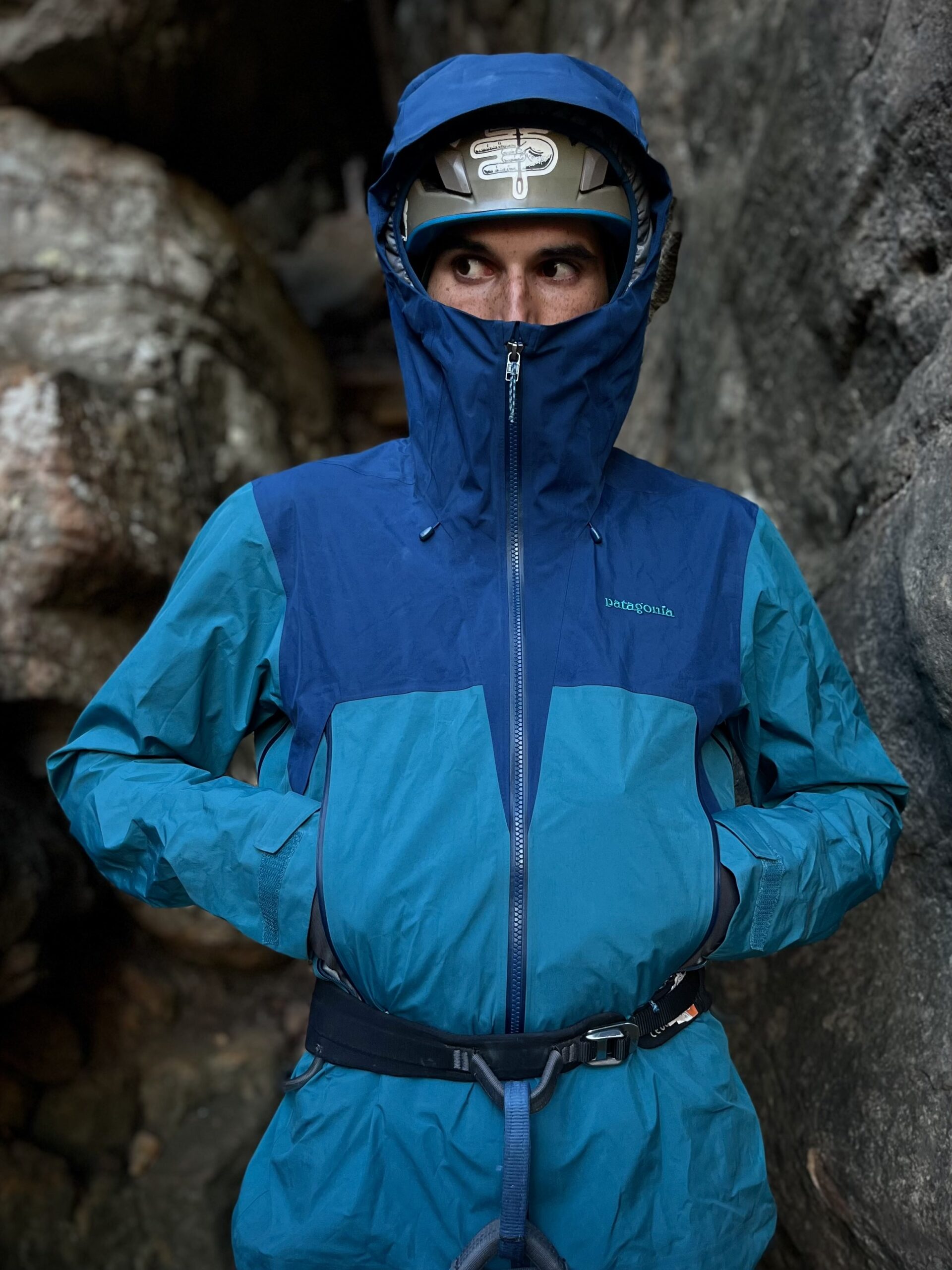
Function:
So, how does Gore-Tex ePE stack up against the standard Gore-Tex membranes that do contain PFCs? To be honest, they feel almost identical! I doubt I, or anyone else, could tell the difference between the two in a blind performance test. I borrowed a friend’s old 40d Gore-Tex Pro
Super Alpine jacket (predecessor to the SFA) to compare with the SFA, and we both agreed that the membrane performance for weather resistance and breathability felt the same (except the SFA felt warmer due to the insulated hood gasket). Really this should come as no surprise considering the amount of time and work Patagonia and Gore-tex have put into this, but with anything new there is usually some hesitation.
The only real difference worth noting is in regards to maintenance. According to Patagonia/Gore, the ePE membrane requires more regular maintenance than standard Gore-tex membranes to keep it performing well, so if you usually clean your hardshell once a year, ePE jackets might need a clean once every 6 months (see Patagonia’s care guide for details).
Final Thoughts:
The SFA doesn’t feel like anything new, it just feels like a really good hardshell, which is a testament to the success of the Gore-Tex ePE membrane. Everything about this jacket feels like it was designed with climbing (specifically alpine climbing) in mind, from the cut and features to the final weight of 420g. My only real qualm with the jacket was the internal sleeve gaskets, which sometimes felt annoying for my overly lengthy arms. For those wanting the same climber-specific feel and PFC-free membrane, but more durability or no gaskets, I would suggest the Patagonia Triolet.
Overall, I’d rate it 4.9 out of 5 blue offsets.
NEED TO KNOW
Pros:
- No PFCs / PFAS
- Excellent climber-friendly cut
- Lightweight but loaded with features (RECCO, insulated gaskets, etc)
Cons:
- Sleeve gaskets may annoy some users
Best suited for: Those wanting a lightweight, but well-featured 3L hardshell for harsh alpine conditions that offers the same performance (weather resistance & breathability) as traditional Gore-Tex Pro membranes, without the use of perfluorinated chemicals.
RRP: $899.95

